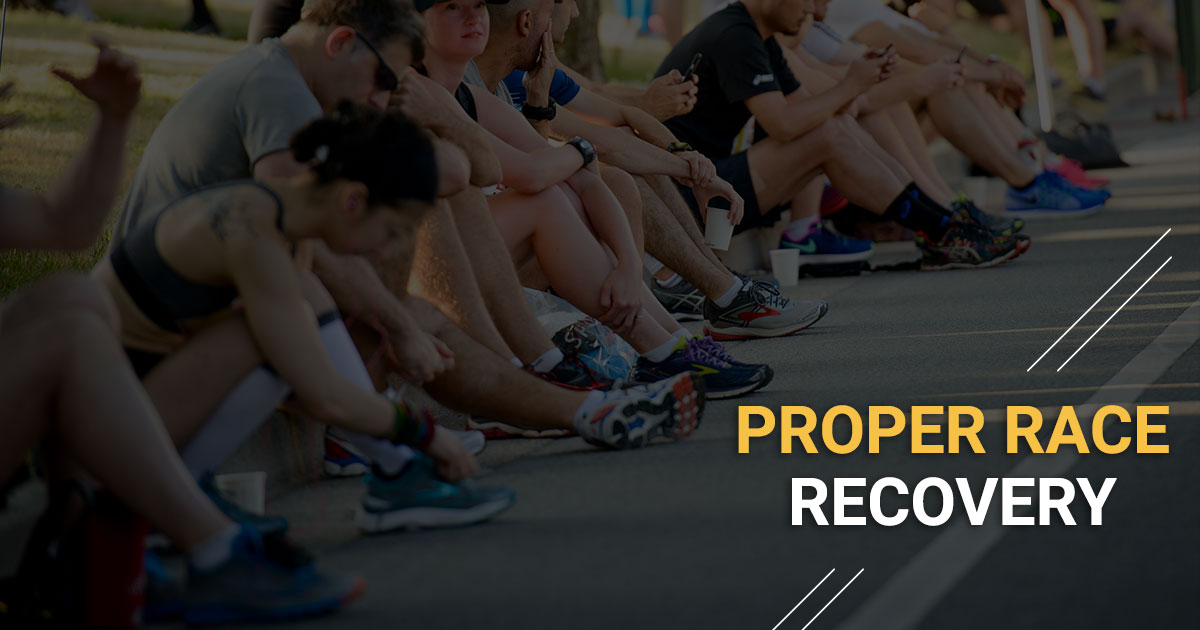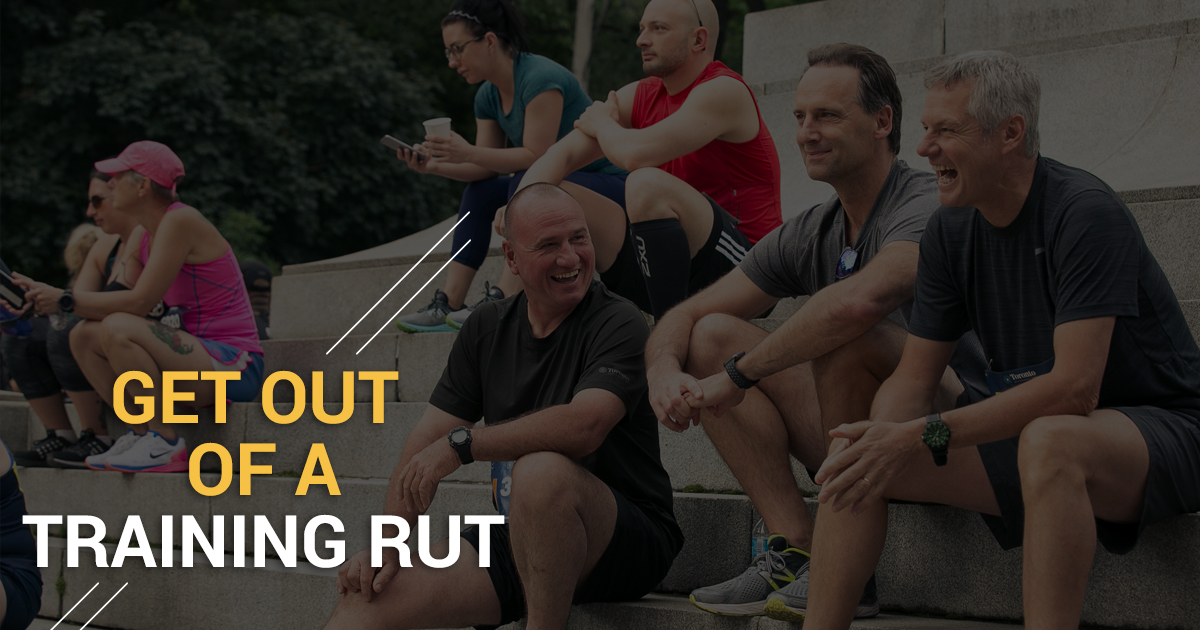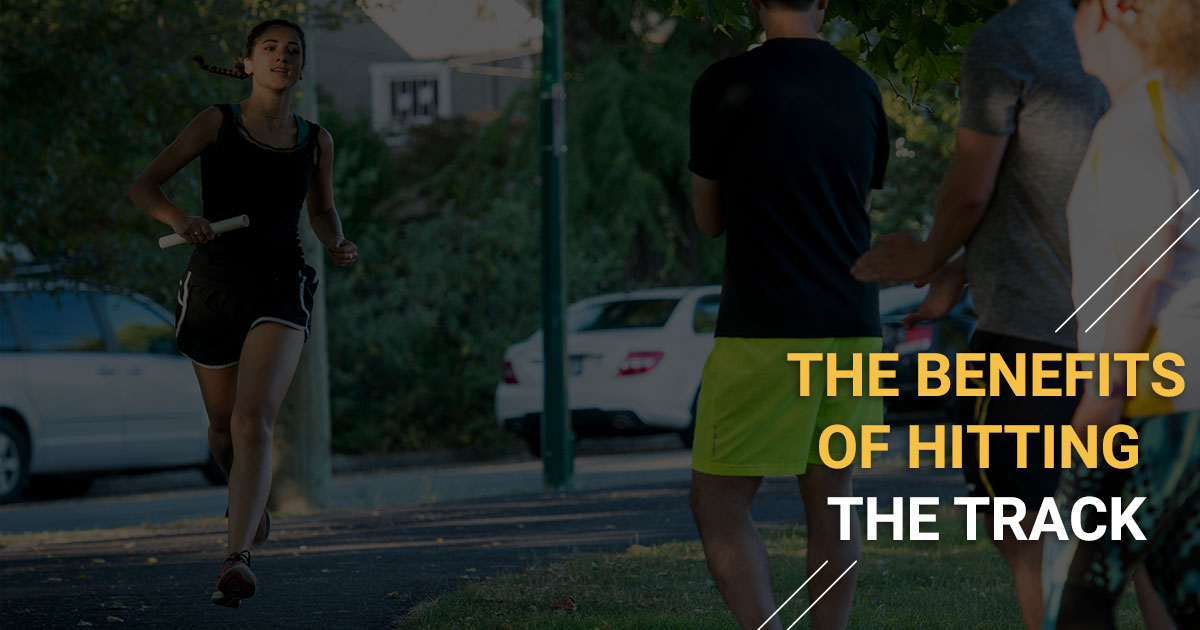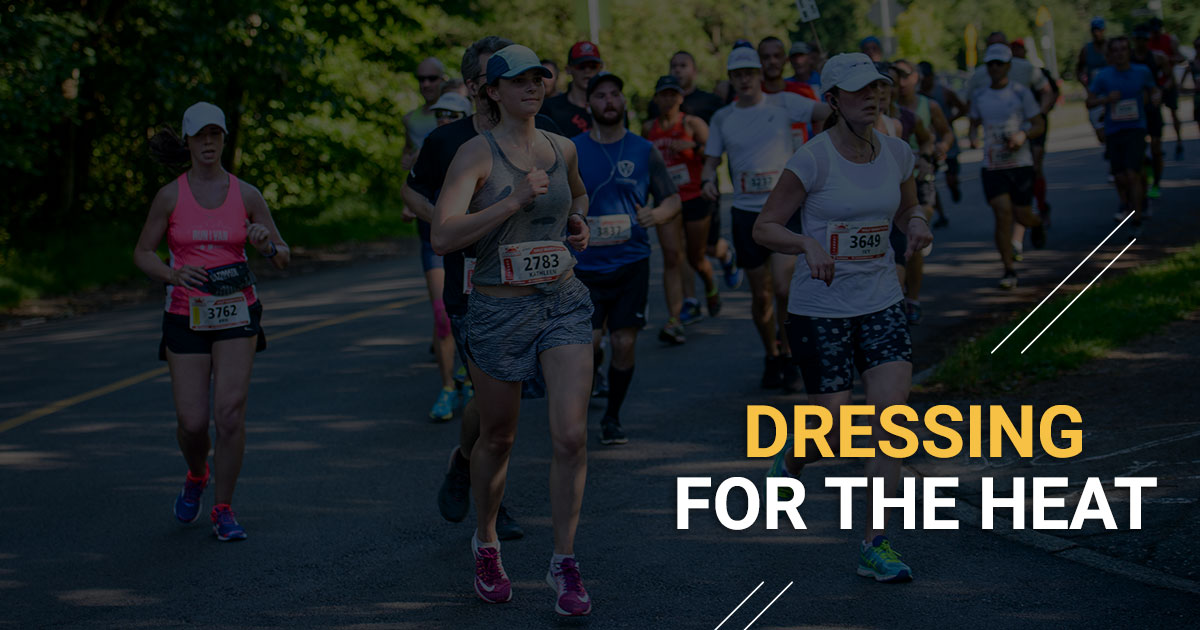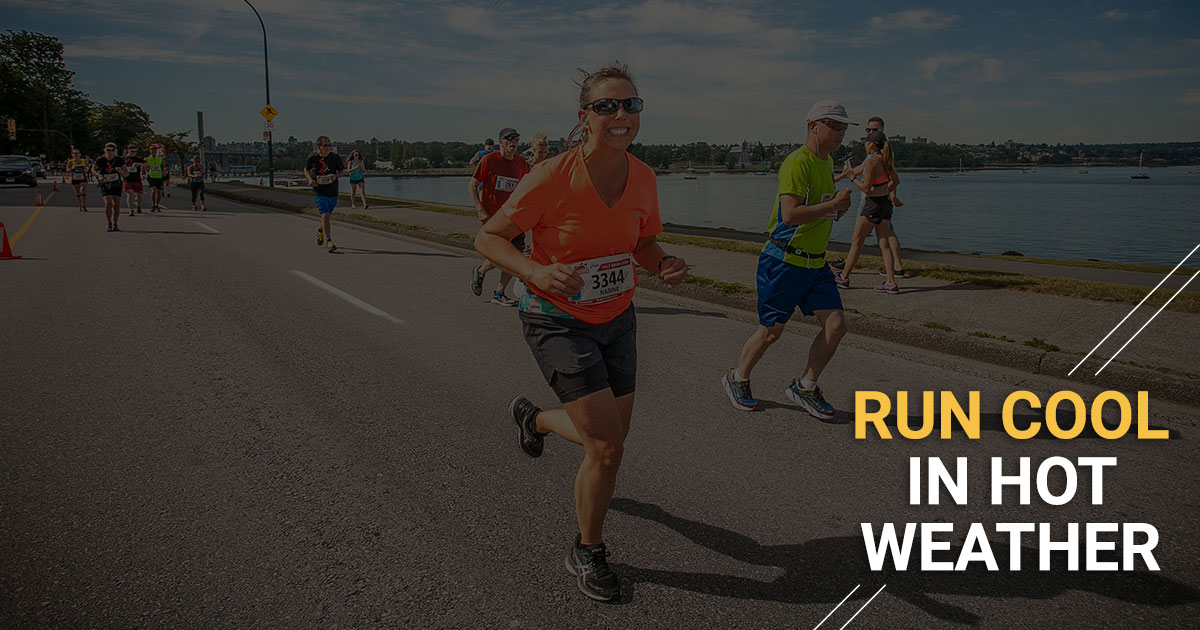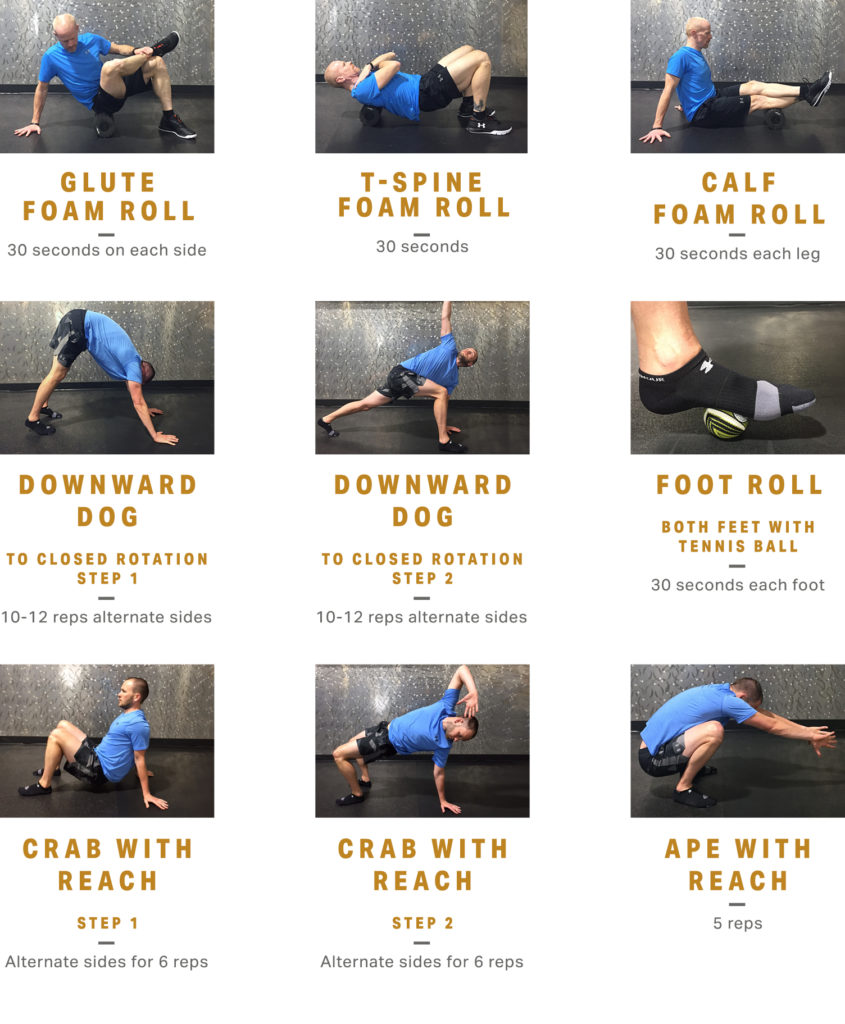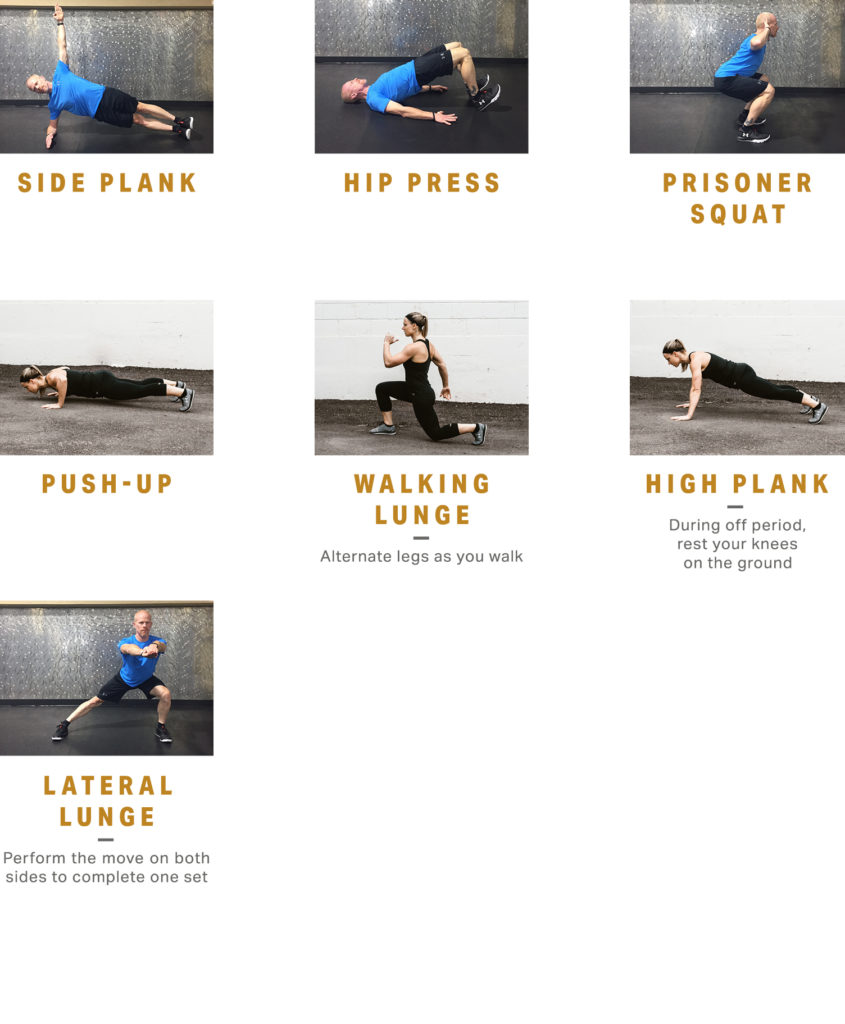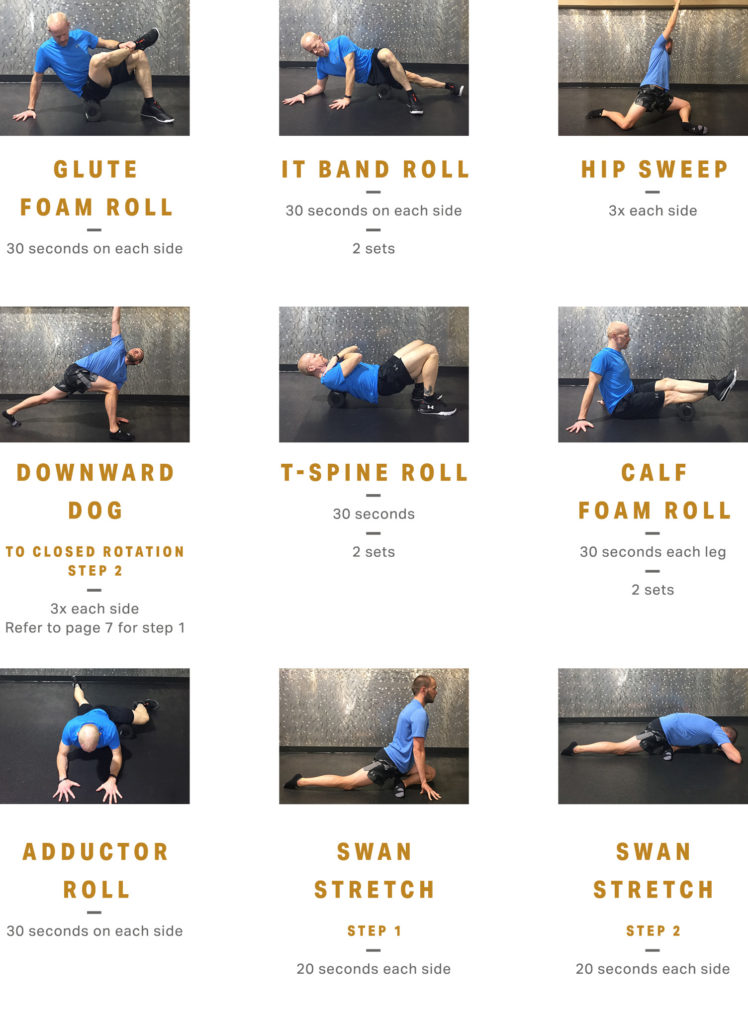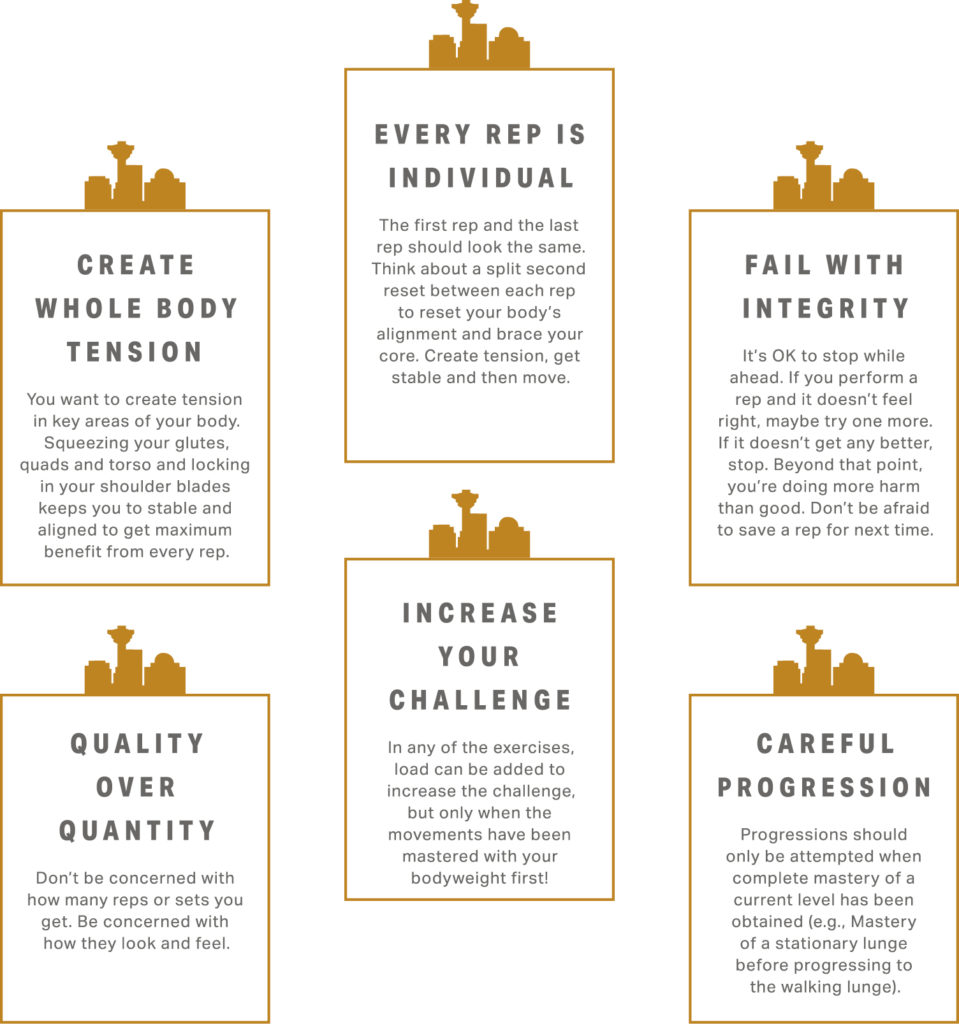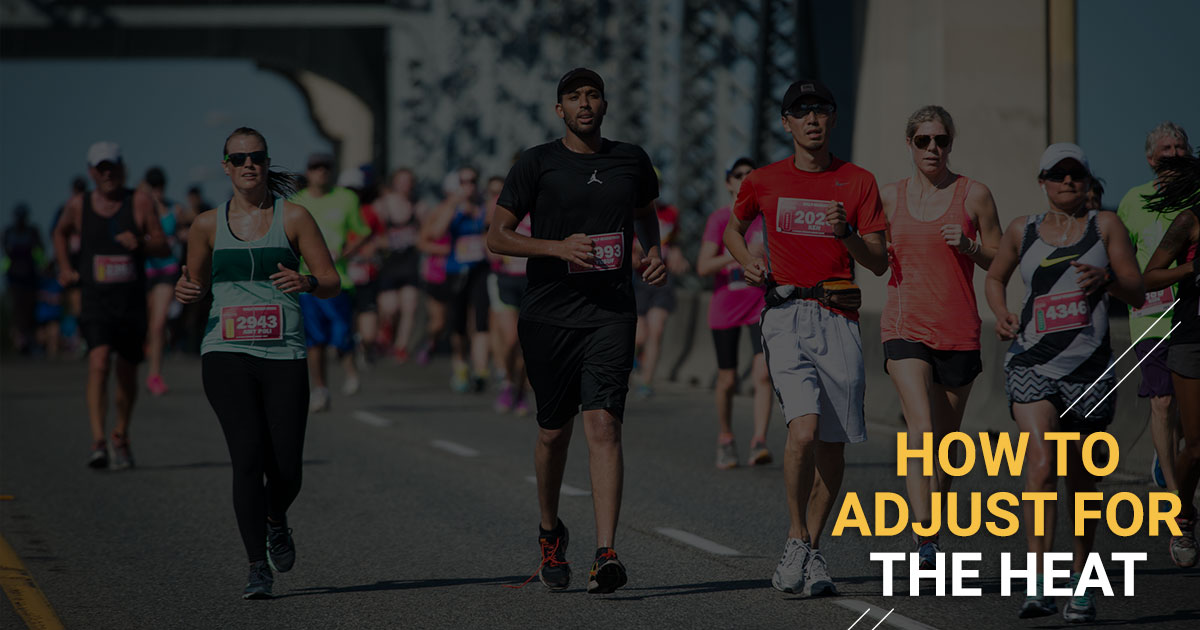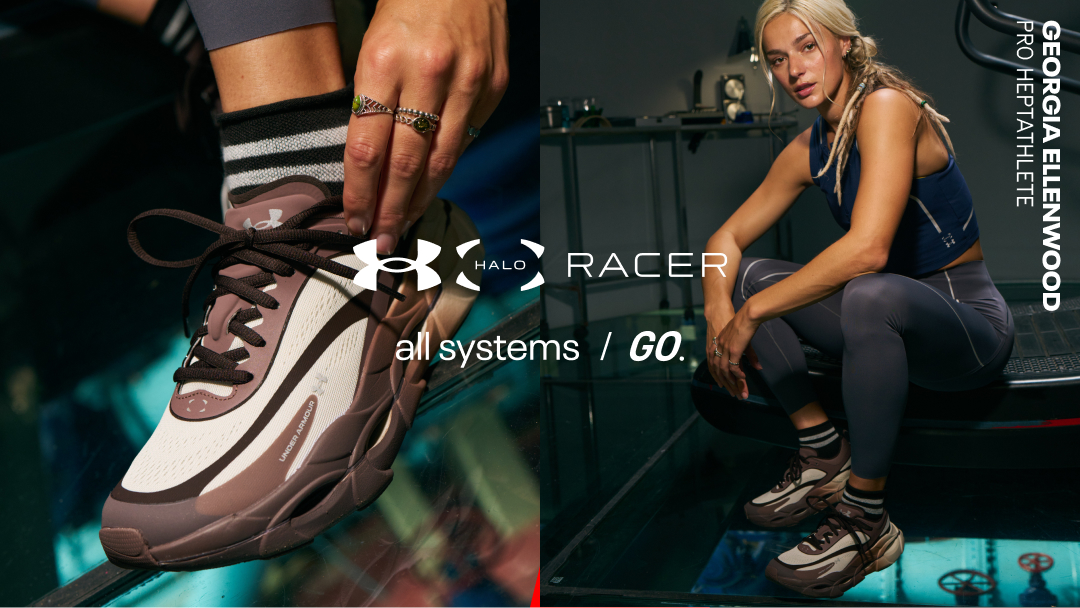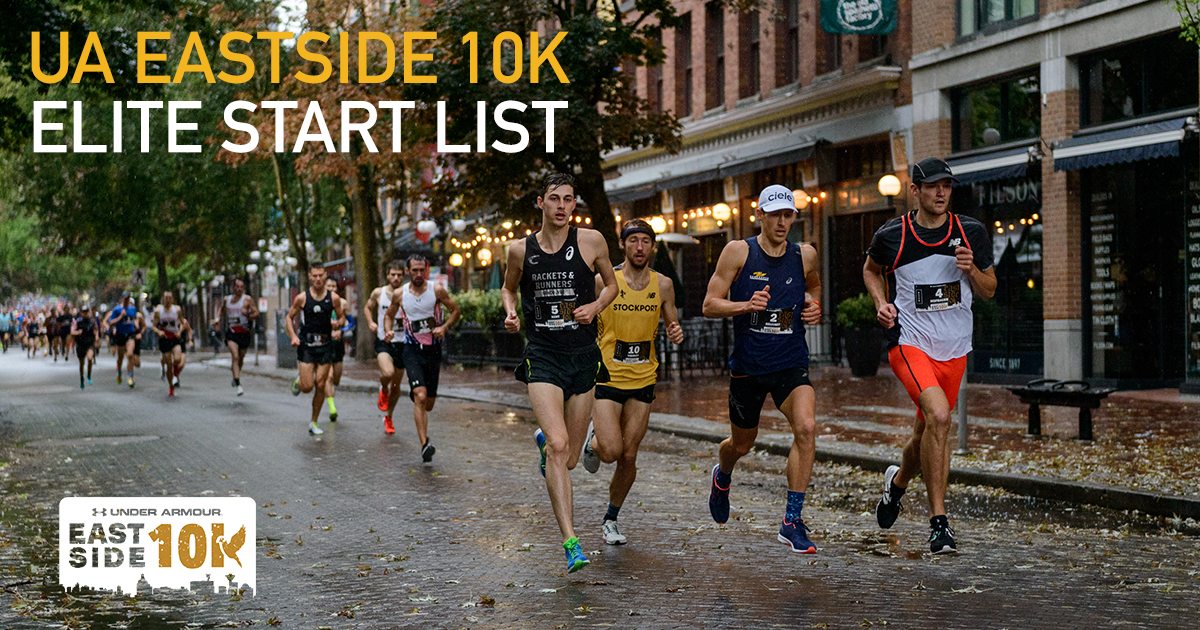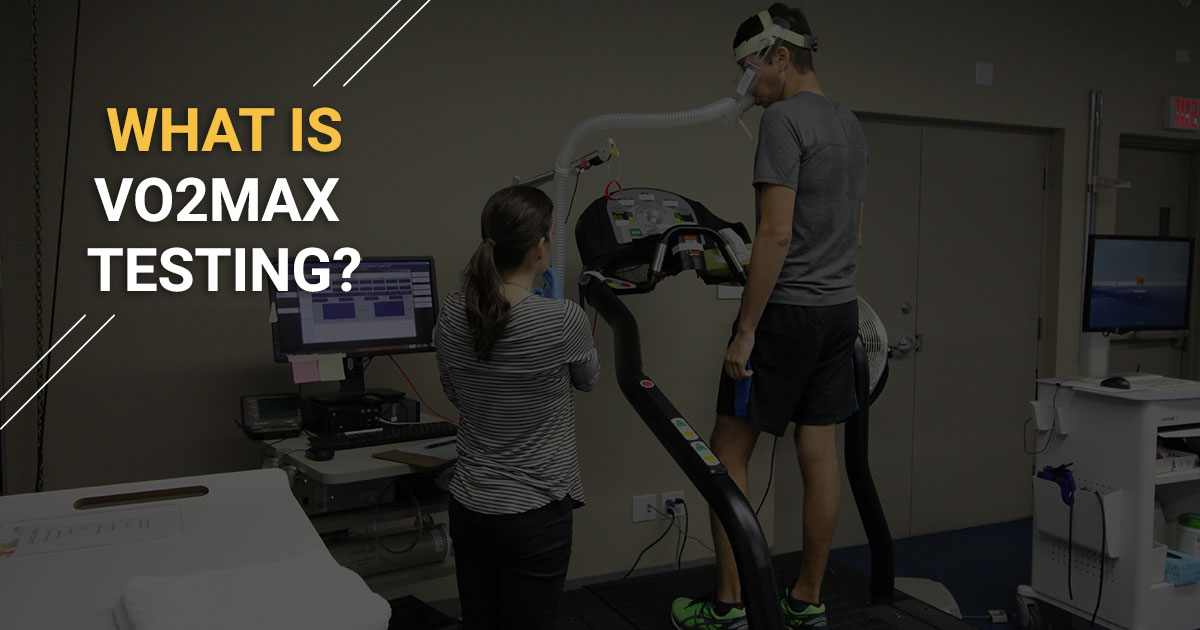
HOW A VO2MAX ANALYSIS CAN HELP RUNNERS OPTIMIZE THEIR TRAINING
The Fortius Lab, located within Fortius Sport & Health in Burnaby, is a state-of-the-art human performance lab that is accessible to all levels of athletes. In collaboration with their integrated team of sport medicine and science practitioners, the focus of the lab is to provide a series of tests and analyses. They offer support in injury management, injury prevention, and optimize performance for athletes and active individuals.
WHAT IS A VO2MAX ANALYSIS?
A VO2max test is a more scientific look at an athlete’s physical capacity for cardiovascular fitness. It’s a rigorous incremental exercise test performed cycling or running that informs the athlete about the maximum amount of oxygen the body can consume to produce energy. This is directly related to performance. The faster oxygen can be delivered to your muscles, the faster you will be able to run at a much less given effort. Lots of data is found in the VO2max testing, including various heart rates and speed/power levels. These can be used to set appropriate training zones that can be applied to everyday training. From the zones, the athlete will be able to train at heart rate specific intensities and paces, giving them more bang for their buck in each session.
At the end of the testing, the practitioner explains their findings and how the athlete can utilize this data for even more effective training. The test provides valuable information about one’s current aerobic fitness. This can used as a baseline for your training and allow you to set new goals. When returning for a re-test, you can then see how effective your training plan was.
Preston, a runner of only three years, undertook the challenge of going through two of the tests that Fortius offers: a 3D gait analysis and VO2max test. He then shared his experience with our readers.
PRESTON’S STORY
 Over the past 3 years my fitness goals have shifted dramatically. My journey started with a desire to lose weight and improve my health after a break-up. As I began to see results, I started getting curious about my potential. After losing approximately 98 lbs and vastly improving my cardiovascular fitness, I met an experienced runner who invited me on my first 10K run and I was hooked.
Over the past 3 years my fitness goals have shifted dramatically. My journey started with a desire to lose weight and improve my health after a break-up. As I began to see results, I started getting curious about my potential. After losing approximately 98 lbs and vastly improving my cardiovascular fitness, I met an experienced runner who invited me on my first 10K run and I was hooked.
My first goal was to complete a 10K in under an hour. I did it (barely) in the spring of 2015. I ran my first half-marathon 2 months later. With a goal time of 2 hours, I missed it by a few minutes. I had enjoyed the training and knew was able to break the 2-hour mark at another race later in 2015. By the end of 2015 my times plateaued due to inexperience or knowledge of how to train for speed. I knew I enjoyed hitting the pavement and I ran frequently throughout the week. However, most of my half marathon times over the next 8 months remained consistently around 2 hours.
I met my coach from Mile2Marathon in the summer of 2016. At first, I didn’t know what I was in for. Who knew how much more there was to training than just running consistently through the week! The changes to my workout routine began to pay dividends quickly. Over the last year I’ve knocked approximately 20 minutes off of my half-marathon time. Additionally, I’ve reduced my recovery period after long runs significantly.
PRESTON’S VO2MAX EXPERIENCE
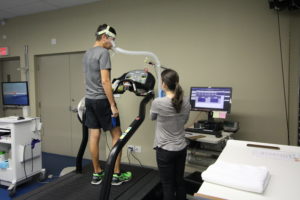 I’ve seen VO2max testing done before in movies and on TV so I had a good idea of what I was in for before arriving. But, it’s different watching something versus doing it yourself. My experience scuba diving was definitely helpful as the mouth piece used in the VO2max felt very similar to the regulator I use when I scuba dive. Being comfortable with the mouth piece attached and your nose plugged can take some time. The staff were great about ensuring a comfortable fit and I found it easy to adjust to after a few minutes.
I’ve seen VO2max testing done before in movies and on TV so I had a good idea of what I was in for before arriving. But, it’s different watching something versus doing it yourself. My experience scuba diving was definitely helpful as the mouth piece used in the VO2max felt very similar to the regulator I use when I scuba dive. Being comfortable with the mouth piece attached and your nose plugged can take some time. The staff were great about ensuring a comfortable fit and I found it easy to adjust to after a few minutes.
As the treadmill speed and incline increased minute by minute I found myself pushing. I was curious to know what the last 3 years of work have done to my body. I wish that I had done one of these tests before I started getting fit so I would be able to more accurately measure my progress. Each stage felt harder and I dug deeper until I eventually reached my limit. The treadmill began to slow to a stop leaving me gasping for air. As the mouthpiece was removed and we waited for my results.
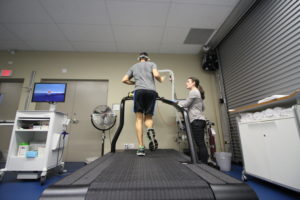 A bump in the road
A bump in the road
Since I work in IT, I took being told that my results had not been recorded by the computer as a funny IT joke at first. I am very familiar with technical issues and while it wasn’t a joke, manual records had been kept of my heart rate information when the computer’s VO2 data wasn’t recorded. Thankfully there was a verification phase that I could do to recreate and verify the results from the first test. I took a few minutes to catch my breath, my spit valve was emptied from the mouthpiece and I was hooked back up to the machine for round 2. The second time around the VO2max was definitely harder than the first but I was warmed up and had a better idea of what I should expect which helped me hit the exact same speed, incline and max heart rate as my first run. It was an incredible feeling and validates that I really did find my personal max during this test.
Knowing that 3 years ago I struggled to complete the grouse grind in 2.5 hours and was winded walking up a single flight of stairs it was a really proud moment seeing my results. Seeing the tangible impact of hundreds of hours on the elliptical and treadmill, countless runs through Vancouver in the cold, wind and rain and the time spent doing hill repeats in New Westminster were all worth it. Now I have a number that I could put next to all of that effort, at least until I go back and do even better.
Learn about Preston’s 3D Gait Analysis experience.
ENTER NOW TO WIN A FREE VO2MAX ANALYSIS
Do you want the opportunity to test your exercise physiology like Preston?
Like, comment, or share for a chance to win a free VO2MAX Analysis!
To learn more about the Fortius Lab and VO2max Analyses, visit their website at
http://www.fortiussport.com/Lab @FortiusCentre





